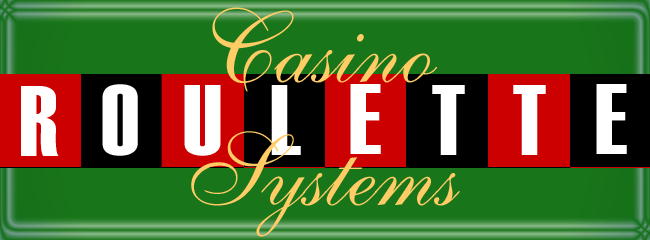
|
|
|
Home - all roulette systems | | Site map | Suggest a roulette system | How to play | Probabilities
Aha! The old 'roulette calculator in the shoe' trick! Highly illegal, but such a good story we just had to feature this one. A battered shoe worn by a Hungarian tourist in Sydney sparked an investigation into a syndicate cheating top casinos at Roulette across Europe. Two Belgian police officers flew to Sydney to study the shoe design which they suspect could be behind the multi-million dollar European fraud. Wired-up at the casino, one person (usually Farmer) wore a pair of magic shoes to calibrate the roulette operator's flick of the wheel, the speed of the bouncing ball, and the tilt of the wheel's wobble. Nearby, a Cabal cohort wore the third magic shoe linked by radio signals, and placed the actual bet on the table. Earlier, using his toes, Farmer had tuned his algorithm to the idiosyncrasies of a particular wheel in the casino. Now, in the mere 15 seconds or so between the drop of the ball and its decisive stop, his shoe-computer simulated the full chaotic run of the ball. About a million times faster than it took the real ball to land in a numbered cup, Farmer's prediction machinery buzzed out the ball's future destination on his right big toe. Typing with his left big toe, Farmer transmitted that information to his partner, who "heard" it on the bottom of his feet, and then, with a poker face, pushed the chips onto the predetermined squares before the ball stopped. When everything worked, the chips won. The system never predicted the exact winning number; the Cabal were realists. Their prediction machinery forecasted a small neighborhood of numbers-one octave section of the wheel-as the bettable destination of the ball. The gambling partner spread the bets over this neighborhood as the ball finished spinning. Out of the bunch, one won. While the companion bets lost, the neighborhood as a whole would win often enough to beat the odds. And make money. For those who want more information about Farmer and his computer shoe, please visit the following page: http://www.kk.org/outofcontrol/ch22-b.html
|
